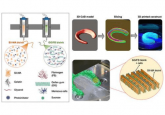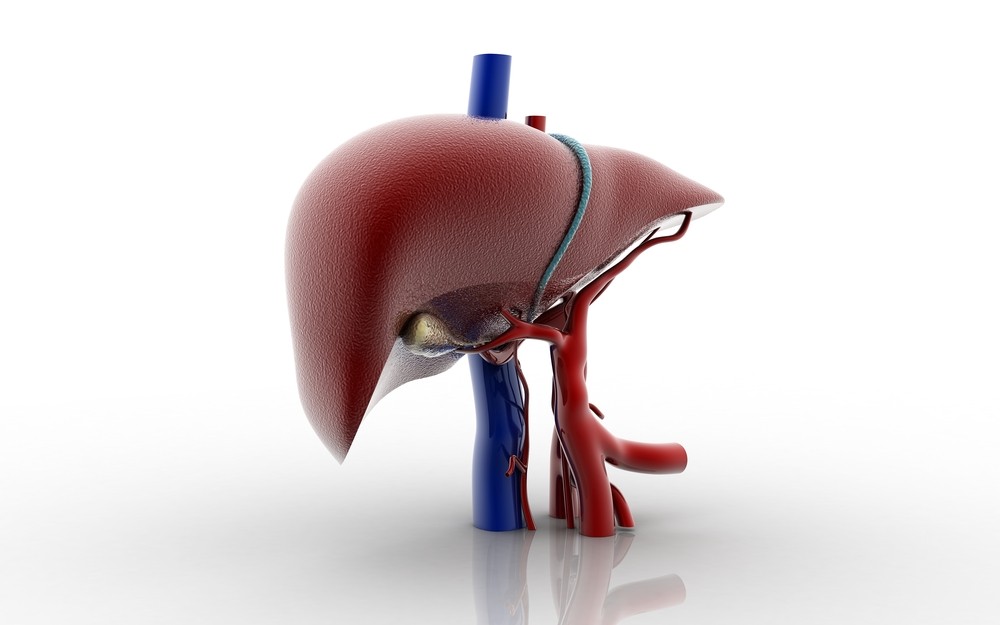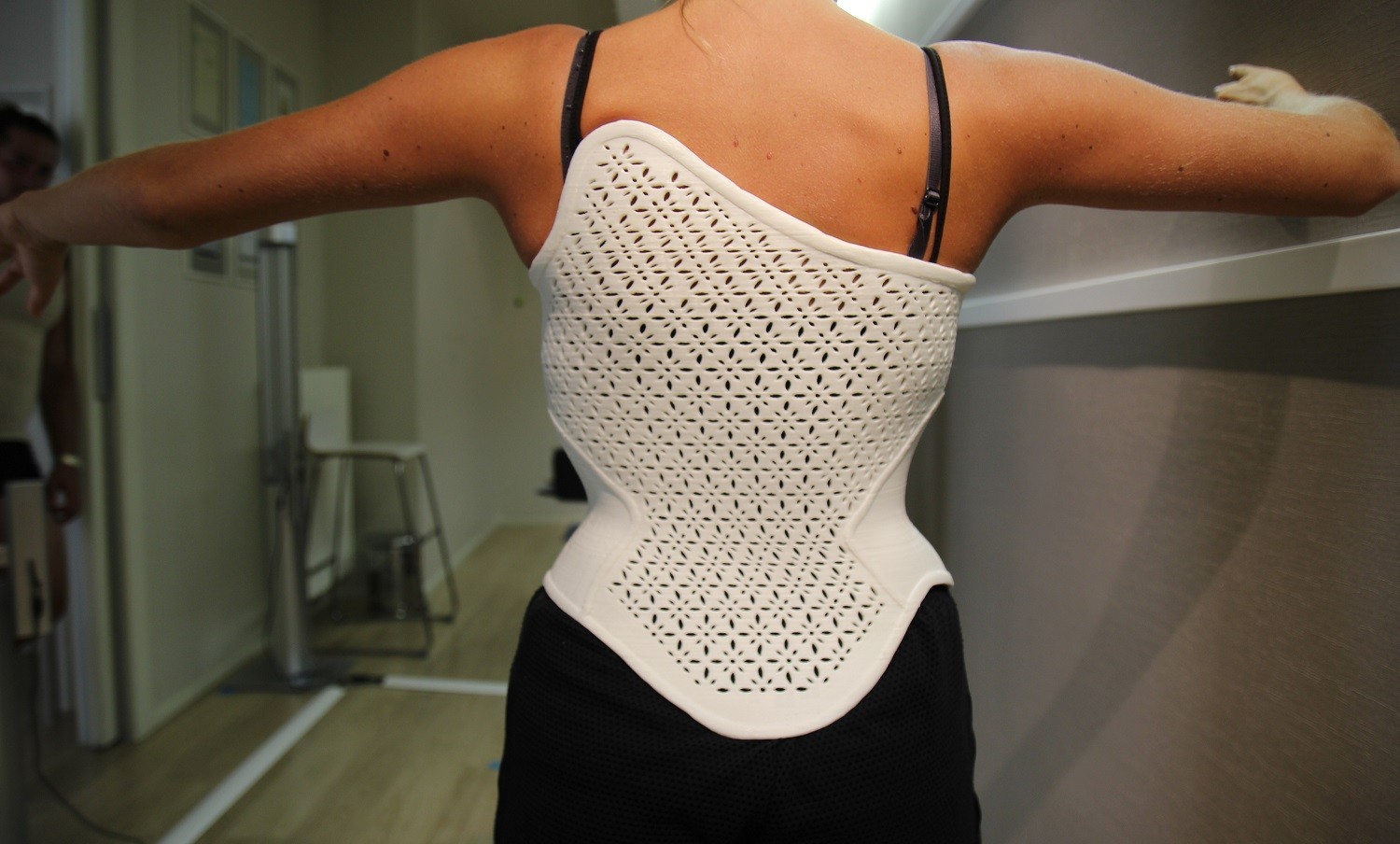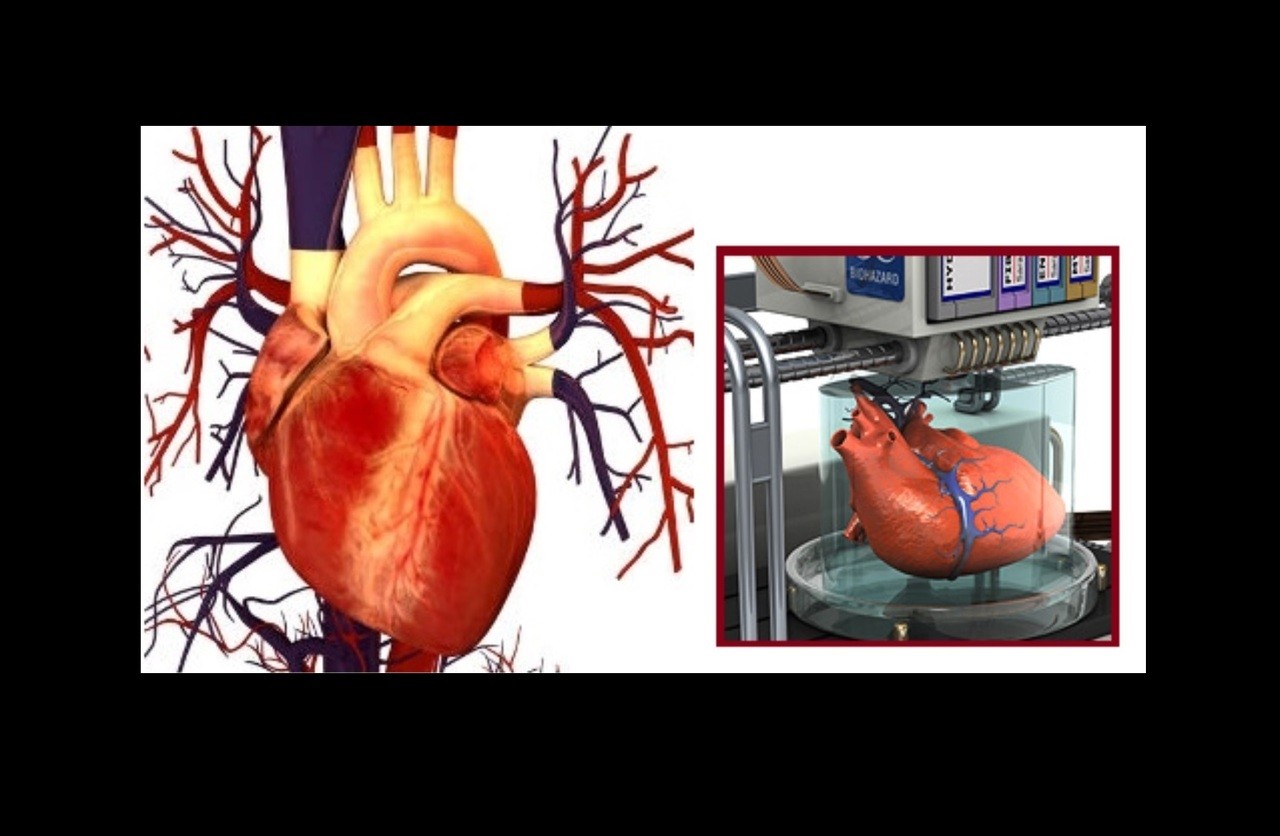FAQ: bioprinting

In this FAQ, 3DMedNet Senior Editor, Georgi Makin, answers the top ten questions often asked about the field of bioprinting. Have anything to add or extra questions to ask? Leave them in the comments!

1 – What does ‘bioprinting’ mean?
Bioprinting is the method by which biological materials can be 3D printed to form three-dimensional structures comprising tissues or, more commonly, 3D cell cultures.
Bioprinting has made headlines as a successful method for 3D printing body parts like ears, eyes and scaffolds for reconstructive surgeries. Some even predict that the technology could be adopted for future use in the 3D printing of personalized, replacement organs on demand.
It should be clarified that the reality of biofabricating replacement tissues and organs is a distant-future application as experts predict that the use of bioprinting technologies in the clinic could be at least 5—10 years away. However, preliminary results from bioprinting research has been very exciting as small, functional ‘organoids’ and scaffolds prove the concept for the ‘additive manufacturing’ of biological constructs.
An ‘out-of-this-world’ technology…
Bioprinting is even happening in space as scientists are working with microgravity to print 3D tissues and other biological constructs.
>> Find out more in the latest updates from NASA on 3DMedNet
As defined by ‘The Glossary for Cell & Gene Therapy and Regenerative Medicine’, produced by 3DMedNet partner publications, Regenerative Medicine and RegMedNet, bioprinting is a:
manufacturing technology that uses three-dimensional (3D) printing machines to align, pattern and build cell- and tissue-based constructs based on a computer-aided design (CAD) 3D drawing.â€
2 – What is the difference between bioprinting and 3D printing?
The key difference between 3D printing and bioprinting is the use of a biological ‘bioink’ as opposed to ‘filament’ used in typical 3D printers.
A bioink is often comprised of a hydrogel containing the appropriate cells for the desired construct (which may include stem cells), proteins and other matrix materials essential for cell growth and tissue formation.
As defined by ‘The Glossary for Cell & Gene Therapy and Regenerative Medicine’, a bioink is a:
bioprinting-ready material composed of cells, matrix materials or a combination of both, with properties that allow for the fabrication of three-dimensional (3D) cell- and tissue-based constructs.â€
3 – What is the link between regenerative medicine and bioprinting?
Regenerative medicine is defined by ‘The Glossary for Cell & Gene Therapy and Regenerative Medicine’ as:
the process of replacing or regenerating human cells, tissues or organs to restore or establish normal function.â€
By this definition, bioprinting could be considered a regenerative medicine technology as the overarching aim of the wider field of bioprinting research is to fabricate tissues to replace faulty tissues and organs in humans, as a possible solution to the organ donation crisis and as a futuristic personalized treatment opportunity.
Bioprinting tissues from a patient’s own cells or even from their own stem cells could not only solve issues associated with the organ donation crisis, but it could also reduce the risk of rejection of transplanted/implanted tissues and devices.
This level of personalization is not only exciting, but also possible as stem cell therapies start to be approved around the world and conversations surrounding the safe regulation of these personalized practices continue.
4 – How does bioprinting work?
As I previously mentioned, bioprinting relies on a bioink, more sophisticated that a typical filament that may be used with a standard 3D printer, but there are many different methodologies used by researchers and even more in development.
First of all, it is important to note that bioprinting can be performed through a few different types of 3D printer with different methodologies as some teams choose to adapt their 3D printers to be suitable for their projects, others invest in bioprinters and others create their own ‘bioprinters’ at various levels.
A quick side-‘POST’-note from the Editor:
In a 2020 UK Parliamentary Office for Science and Technology POSTNOTE, the different methodologies highlighted included inkjet printing, valve printing and microextrusion, but the report also highlights novel methodologies including reactive jet impingementand suspended layer additive manufacturing.
>> Find out more about bioprinting methodologies in the full report
In simple terms, bioprinting either works by additively layering biological material to form a 3D structure, or more commonly, by 3D printing a porous scaffold, capable of ‘resorbing’ biological materials to form the desired 3D tissue structure.
Of course, this is a very simplistic explanation for how bioprinting ‘works’ as innovators all over the world continue to approach different biological challenges with novel approaches, some of which have been detailed at great length in the different interviews and editorials featured as part of this Spotlight.
>> Find out more from the experts, visit the Spotlight

5 – What is bioprinting used for?
Bioprinting is not necessarily ‘used’ for a great deal outside of research at the moment, but it is the potential of the application of the technology in many different areas of medicine that is particularly exciting.
Some of my personal highlights from research stories published on 3DMedNet include bioprinted ovaries, corneas and even a small, functional alveolus!
Because ‘seeing is believing’…
News surrounding the 3D printing or bioprinting of eyes or components of eyes is always incredibly popular on 3DMedNet. Here are some of our top stories:
- Transparent and flexible artificial cornea bioprinted
- Keep an eye out for 3D-printed human corneas
- 3D-printed eye-on-a-chip used for disease modeling and drug testing
- I spy with my bionic eye…
- Fish scale collagen used to 3D print corneas to cure blindness
One area where I believe we may see a quick and effective adoption or ‘use’ of bioprinting is in reconstructive or burns treatments. There have now been successful uses of handheld bioprinters, designed to roll (skin) tissue directly onto wounds. Could this be an effective replacement for skin grafting and long-term wound healing?
A ‘touch’ of genius…
- Handheld bioprinter for treating burns at the point-of-care
- Potential for handheld 3D bioprinters in point-of-care musculoskeletal treatment strategies
- Regenerative medicine in situ: a handheld 3D bio-printer for deep skin wound healing
- Vascularized, living skin 3D printed for skin grafts and wound healing
6 – Why is bioprinting important?
Bioprinting is important because it could be a future solution to many key biological and medical challenges. As the future of medicine becomes more personalized and tailored to each patient and pathology, technologies like bioprinting may become instrumental to the acceleration of modern medicine.
Food for thought: could bioprinting really solve the organ donation crisis?
While we do our best to sensibly communicate exciting advances in this area without adding to the hype mainstream media may create with the idea that we could bioprint fully functional organs, it is not totally out of the realms of possibility as technologies, methodologies and materials advance and develop over time.
It could be the case in a few generations time that bioprinting could be instrumental in addressing the organ donation crisis as I have alluded to before, but there are many limitations in hardware, software and biology (to name a few!) that will need to be addressed before we can start discussing the importance of bioprinting and its position as a resolution to the demand for critical tissues and organs for replacement.
More immediately, bioprinting could be used to print tumors and other pathologies in the lab to test drug combinations and personalized therapeutics. If cells from your own tumor could be 3D printed with the tumor’s exact dimensions and physiological properties within a system that resembles your own biology, it may be that tailor-made therapeutic combinations could be designed to better treat your cancer, for example.
Finally, and possibly more revolutionary, if pathologies can be bioprinted in biological systems matching that of a human, could there be potential for bioprinting to replace the need for animal testing, or at least to reduce the numbers of live animals required for evaluating new drugs?
7 – How is bioprinting regulated?
Well, it isn’t really…
There has been much debate about the best way to regulate bioprinting as it translates into clinical, human medicine (in the distant future). How can you regulate biofabricated tissue? As a device? As a medicine?
Thankfully, I don’t have to answer this question as I have asked a panel of experts to answer it for me! Check out our latest ‘panel on paper’ to find out more about the potential for regulating bioprinted tissues and the key questions and challenges yet to be addressed.
>> Find out more about regulating bioprinted tissues with this ‘panel on paper’
8 – When will bioprinting be available in the clinic?
This is an exceptionally hard question to answer, so I won’t commit to saying anything…
Realistically, as I have outlined before, it is unlikely that we will see bioprinting translated into the clinic any time soon. While it may be the case that bioprinted corneas and skin, for example, are reaching very sophisticated levels of development, the key obstacle to address is how to regulate and validate these tissues as opportunities for treatment options.
In every interview for 3DMedNet, I try to include a question for the experts towards the end to ask where they think the field will be in 5—10 years’ time. Find out what our experts think about translating bioprinting into the clinic with our Spotlight interviews.
>> Find out more from the experts, visit our Spotlight on bioprinting

9 – What are the main challenges with bioprinting?
There are many challenges with bioprinting that relate to the materials, hardware, software and methodology used in relation to the project or desired outcome – I will leave that to the experts to address in our Spotlight interviews.
More generally though, one of the main challenges (aside from regulation) appears to be public perception. At 3DMedLIVE 2019: 3D printing in surgery, I recall conversations on panels about the difficulty of managing patient and public perception of the capabilities of these technologies, as media hype and general excitement in this field tends to distort the conversation from what is actually possible with bioprinting, to what people want to be possible with bioprinting.
Hopefully, as conversations escalate about the reality of regulating bioprinted tissues, there may be more clarity about what we should be expecting from the technology and the capabilities of research institutions and medical systems to support this.
10 – Where can I find out more about bioprinting?
3DMedNet is a great resource for bioprinting in the medical space as we host an entire channel dedicated to news and interviews, as well as our first ever Spotlight feature on the area!
>> Find out more from the experts, visit our Spotlight on bioprinting
We are also partnered with the Journal of 3D Printing in Medicine which features peer-reviewed research as well as expert insights, as well as publications referenced earlier in this post, Regenerative Medicine and RegMedNet






